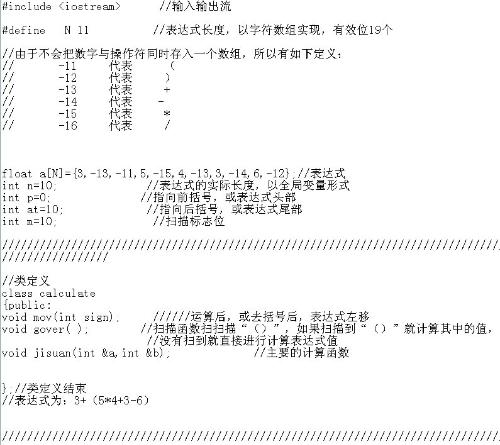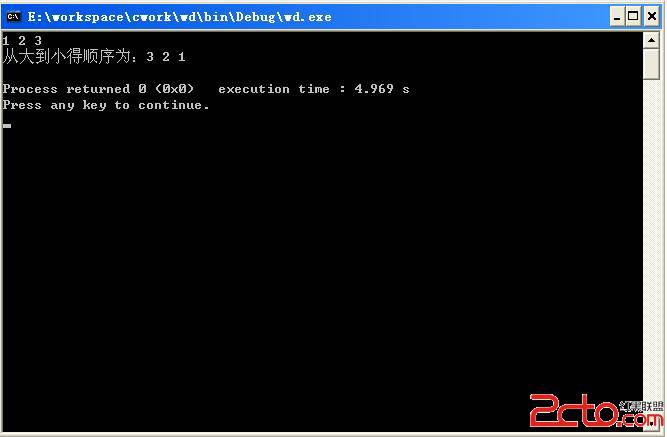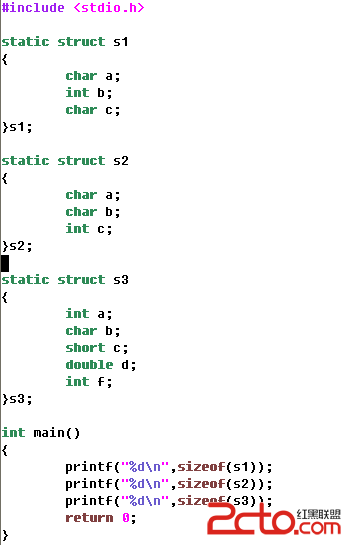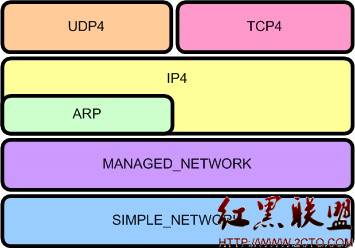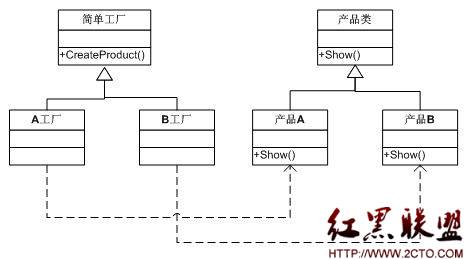一、整体代码
Test.h
[cpp]
#ifndef _TEST_H_
#define _TEST_H_
class Test
{
public:
// 如果类不提供任何一个构造函数,系统将为我们提供一个不带参数的
// 默认的构造函数
Test();
explicit Test(int num);
Test(const Test& other);
void Display();
Test&operator=(const Test& other);
~Test();
public:
int num_;
};
#endif// _TEST_H_
Test.cpp
[cpp]
#include"Test.h"
#include<iostream>
usingnamespace std;
// 不带参数的构造函数称为默认构造函数
Test::Test() : num_(0)
{
//num_ = 0;
cout<<"Initializing Default"<<endl;
}
Test::Test(int num) : num_(num)
{
//num_ = num;
cout<<"Initializing "<<num_<<endl;
}
Test::Test(const Test& other) : num_(other.num_)
{
//num_ = other.num_;
cout<<"Initializing with other "<<num_<<endl;
}
Test::~Test()
{
cout<<"Destroy "<<num_<<endl;
}
void Test::Display()
{
cout<<"num="<<num_<<endl;
}
Test& Test::operator=(const Test& other)
{
cout<<"Test::operator="<<endl;
if (this==&other)
return*this;
num_ = other.num_;
return*this;
}
01.cpp
[cpp]
01.cpp
#include"Test.h"
#include<iostream>
usingnamespace std;
Test TestFun(Test t)
{
t.num_=12;
return t;
}
Test& TestFun2(Test t)
{
return t;
}
Test TestFun3(Test& t)
{
return t;
}
Test& TestFun4(Test& t)
{
//return const_cast<Test&>(t);
return t;
}
int main(void)
{
Test t(10);
Test t2 = TestFun(t);
cout<<"........"<<endl;
return 0;
}
二、运行结果
1、Test t2 = TestFun(t);
(1)Test t(10) :生成一个对象1(num_是10),对应Initializing 10
(2)把t对象传递到形式参数时:调用拷贝构造函数,由对象1生成了一个对象2(num_是10),之后又改变了num_为12,对应Initializing with other10
(3)返回值时:调用了拷贝构造函数,由对象2生成了一个对象3(num_是12),对应Initializing with other12
(4)Test t2 = TestFun(t):t2接管了对象3,不重新申请地址空间
(5)TestFun返回后:对象2销毁了,对应Destroy 12
(6)............
(7)程序结束后:首先销毁听t2(接管了对象1),然后销毁对象1,对应Destroy 12 ,Destroy 10
TestFun(t) 此时没有对象接管,运行结果如下:
(1)Test t(10) :生成一个对象1(num_是10),对应Initializing 10
(2)把t对象传递到形式参数时:调用拷贝构造函数,由对象1生成了一个对象2(num_是10),之后又改变了num_为12,对应Initializing with other10
(3)返回值时:调用了拷贝构造函数,由对象2生成了一个对象3(num_是12),对应Initializing with other12
(4)TestFun返回后:对象3销毁,对象2销毁,对应Destroy 12,Destroy 12
(5)..........
(6)程序结束后:销毁对象1,对应Destroy 10
2、Test t2 = TestFun2(t);
(1)Test t(10) :生成一个对象1(num_是10),对应Initializing 10
(2)把t对象传递到形式参数时:调用拷贝构造函数,由对象1生成了一个对象2(num_是10),对应Initializing with other 10
(3)Test t2 = TestFun2(t):由对象2生成了对象3(num_是10),对应Initializing with other 10
(4)TestFun2返回后:对象2销毁,对应Destory 10
(5)...........
(6)程序结束后:销毁对象3,销毁对象1,对应Destory 10,Destory 10
3、Test t2 = TestFun3(t);
(1)Test t(10) :生成一个对象1(num_是10),对应Initializing 10
(2)返回值时:由对象1生成了对象2(num_是10),对应Initializing with other 10
(3)Test t2 = TestFun3(t):t2对象接管了对象2
(4)...........
(5)程序结束后:销毁t2对象,销毁对象1,对应Destroy 10,Destroy 10
4、Test t2 = TestFun4(t);
(1)Test t(10) :生成一个对象1(num_是10),对应Initializing 10
(2)Test t2 = TestFun4(t):由对象1生成了对象t2(num_是10),对应Initializing with other 10
(3)........
(4)程序结束后:销毁t2对象,销毁对象1,对应Destroy 10,Destroy 10
三、什么时候会调用拷贝构造函数
一个对象初始化另一个全新的对象时,会调用,如Test t; Test t2 = t;
Test t ; Test t2; t2=t1;会调用赋值语句。
